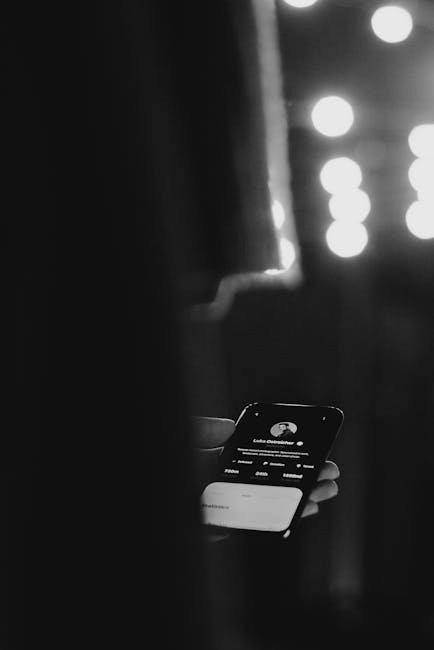We live in a world where our smartphones are indispensable tools for work, communication, and navigation. The common advice to simply "use your phone less" often feels impractical and dismissive. But what if the problem isn't the duration of our screen time, but the quality of it?
This guide explores a different approach. Instead of focusing on drastic digital detoxes, we will show you how to transform your relationship with your device. The goal is to shift from mindless, reactive scrolling to intentional, productive engagement, thereby curbing the feeling of addiction without logging fewer hours.
Reclaim Your Focus by Taming Notifications
Constant pings and pop-ups are the primary culprits behind our fractured attention. Each notification is a small interruption that pulls you out of the real world and into the digital one. Gaining control over them is the first step toward intentional use.
Audit and Categorize Your Alerts
Not all notifications are created equal. Take 15 minutes to go through your phone's settings and categorize your apps into essential and non-essential groups. Essential alerts might include calls, messages from key contacts, and calendar reminders.
Everything else, especially social media and shopping apps, can likely have its notification privileges revoked entirely. This single act dramatically reduces the number of times your phone demands your attention for non-urgent matters.
Embrace Focus Modes
Modern operating systems offer powerful tools like "Focus" or "Do Not Disturb" modes. You can create custom profiles for work, personal time, or even driving. These modes allow you to specify which apps and people can break through, ensuring you only get the alerts that truly matter at that moment.

Photo by cottonbro studio on Pexels
Curate Your Digital Environment
Your phone's home screen is prime digital real estate. If it's cluttered with tempting, brightly colored app icons, you're setting yourself up for distraction every time you unlock it. A few simple tweaks can turn it from a slot machine into a functional tool.
Design a Minimalist Home Screen
Move all your time-wasting apps off the main home screen and into a folder on the second or third page. This adds a layer of friction, forcing you to consciously seek out an app rather than opening it out of habit. Reserve your home screen for utility apps like the clock, calendar, and notes.
Go Grayscale
One of the most effective tricks to make your phone less appealing is to enable grayscale mode. Without the vibrant colors designed to hijack your brain's reward system, you'll find mindless scrolling becomes significantly less engaging. You can usually set a shortcut to toggle this on and off for when you need to view photos or videos.
The key to a healthier digital life is not abstinence, but intention. Every time you pick up your phone, have a clear purpose for doing so.
Swap Mindless Scrolling for Mindful Engagement
The core of this strategy is to replace low-quality screen time with high-quality screen time. You are still using your phone, but you are using it as a tool for growth and productivity rather than a pacifier for boredom.
Identify Your Triggers and Find Replacements
Do you open Instagram when you're waiting in line? Or scroll through news feeds when you feel anxious? Identify these triggers. Instead of deleting the app, find a productive replacement to open in those moments. Consider these options:
- Read a book on the Kindle app.
- Learn a new language with an app like Duolingo.
- Listen to a podcast or an audiobook.
- Organize your day with a to-do list or notes app.
Understand the Algorithms at Play
Apps are designed to keep you hooked. They use sophisticated algorithms to learn your behavior and serve you content that maximizes your engagement. Understanding this can help you regain control. For more on this, it's helpful to review a primer on how these systems work. You can start by reading our post, Understanding AI: A Beginner's Guide to Artificial Intelligence Concepts. For deeper insights, you can explore resources that discuss humane technology design principles.
Conclusion: From Addicted to Intentional
Reducing smartphone addiction doesn't require you to abandon your device. By managing notifications, decluttering your digital space, and consciously swapping mindless habits for mindful engagement, you can transform your phone back into a powerful tool that serves you, not the other way around.
The goal is to ensure that when you do use your phone, it's the result of a conscious choice. By implementing these strategies, you can maintain your usage levels while eliminating the negative feelings of compulsion and distraction associated with addiction.
What is one small change you will make this week to use your smartphone more intentionally?